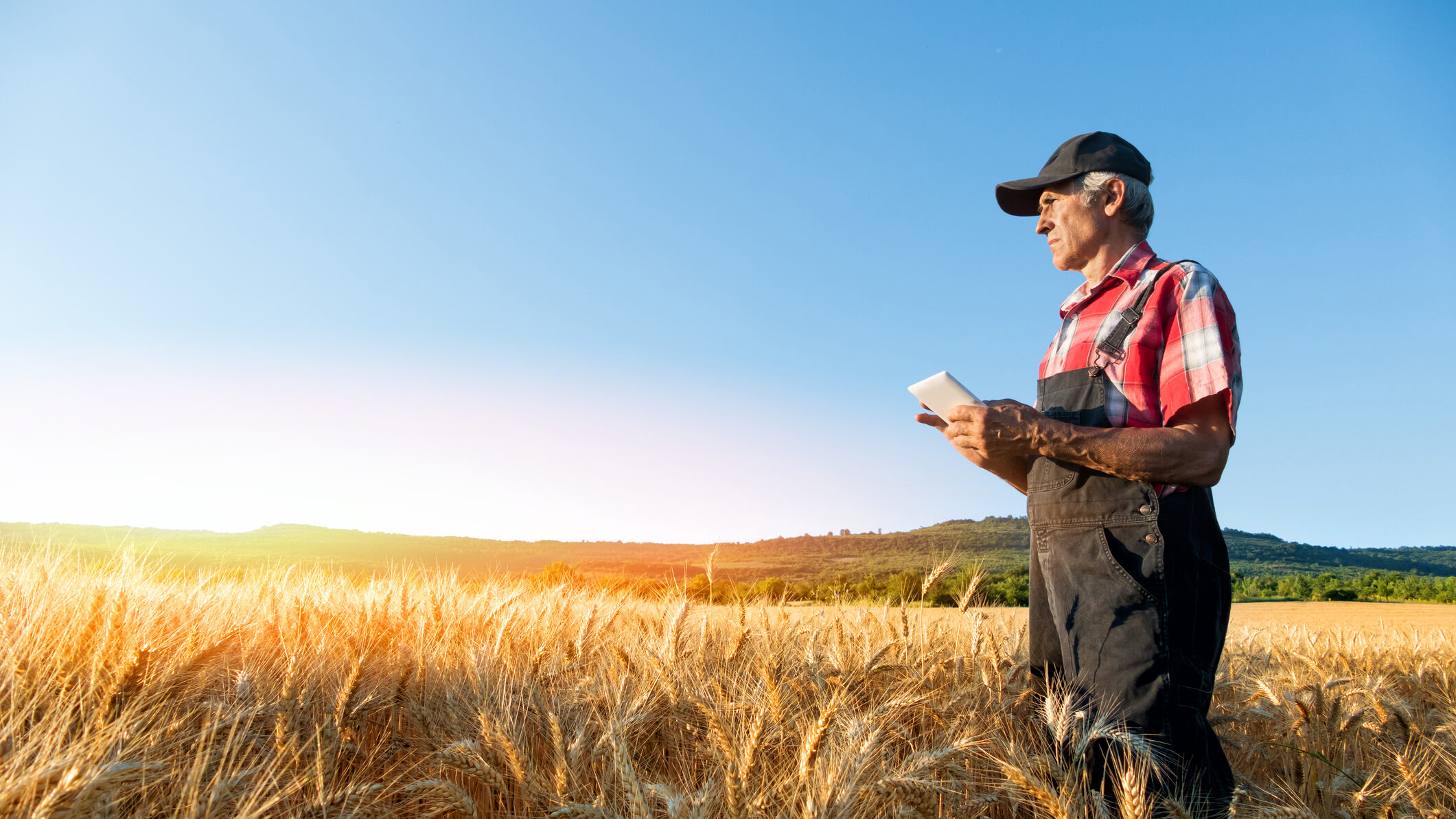Agriculture is an industry that has been at the forefront of technological innovation for thousands of years. New technologies sometimes breed skepticism, and agricultural technologies are no different.
But, ag tech is just tech if it doesn’t realize one thing – farmers work on tight margins and going “all-in” with the latest-and-greatest thing puts them up against a great amount of risk if the promised tech fails to perform. Tech must solve a problem.
Big data in agriculture remains a hot topic, mostly because there are a lot of questions around what it really is, who owns it, what privacy issues may arise and how it can be used effectively to improve productivity and profitability.
What is “big data”?
Global tech giant IBM defines big data as “data sets whose size or type is beyond the ability of traditional relational databases to capture, manage, and process the data with low-latency” or minimal delay. This is fancy speak to describe large sets of data that were previously too large to analyze, but thanks to technology, we can now take chunks of this data to help us gain new insights resulting in better and faster decisions.
As more areas of our lives become digital, our expectations around a real time mindset are growing rapidly. And this is where data and the farm are learning how to live together in a more in-the-moment and informed way.
Demystifying big data
Big Data at times can seem like a solution looking for a problem – tech for tech sake never solved anything.
Every farming technology was created to solve a problem. The plow was created to increase speed. The tractor built on the plow by adding muscle to speed. The combine allows for speed, muscle and versatility. The development of fertilizers added a level of reliability to speed, muscle and versatility. Biotechnology combined all previous conveniences provided by technology and added yield.
Data + digital is another tool farmers can use that builds on previous technologies and adds to the long-standing trend of practicality and utility.
What role does big data play on the farm?
Here how big data demonstrates its value on the farm:
Personalization
Many farmers’ first question when considering a new technology is “What’s in it for me?” or “What is it going to do to help my operation?” Each farm operates differently, and farmers must consider a variety of factors – such as climate and soil types – when making decisions. Big data enables the intimate understanding of individual businesses, animals, fields, and more. It helps farmers reach a level of understanding for each unique piece of their business.
Bayer’s Seed Advisor helps farmers select seed by combining seed genetics library data with regional seed performance data to help farmers predict which hybrids would perform best in each field.
The Cargill and Cainthus software identifies individual dairy cows by hide patterns and facial recognition, tracks each individual’s food and water intake, heat cycles and behavior patterns, and delivers analytics that can help farmers improve milk production, reproduction performance and overall animal health.
Big data on an individual basis improves productivity and profitability through personalized solutions.
Prediction
The ability to predict helps farmers mitigate risk. In agriculture, risk attacks farmers from all angles, including severe weather, volatile markets and animal or plant disease outbreaks. Prediction helps take the “guess” out of decision-making through machine learning. It enables movement from what happened, to understanding why it happened and how it can be mitigated in the future.
Deep learning algorithms take a multiple years’ worth of insights about crop performance in various climate and use this data to develop a probability model. Machine learning can predict which genes plant breeders should select that will most likely contribute a beneficial trait to a plant.
A trained computer can also diagnose plant disease through pattern recognition, helping farmers catch diseases before they become severe.
Aggregation
As our world and the data we gather become increasingly complex, value lies in simplicity. The current big data landscape in agriculture shows high rates of data collection but low rates of data usage. The strength is gathering info, but the challenge is layering all of the data to gain insights that inform decisions. Leaders in the ag tech space combine effective collection, storage, transmission, and analysis of data all in one place.
FarmCommand integrates data farmers gathered from the field – including chemical application and soil moisture – and pairs it with predictive modeling to offer decision support from the web and a mobile app.
Problem-first mindset
Trying to understand how big data can help a farmer can be intimidating and confusing. The first step is to start at problem identification then figure out how data can help inform insights around a productive solution.
For more insights on communication and brand strategy, industry trends and more, subscribe today to the Weekly Buzz here.
